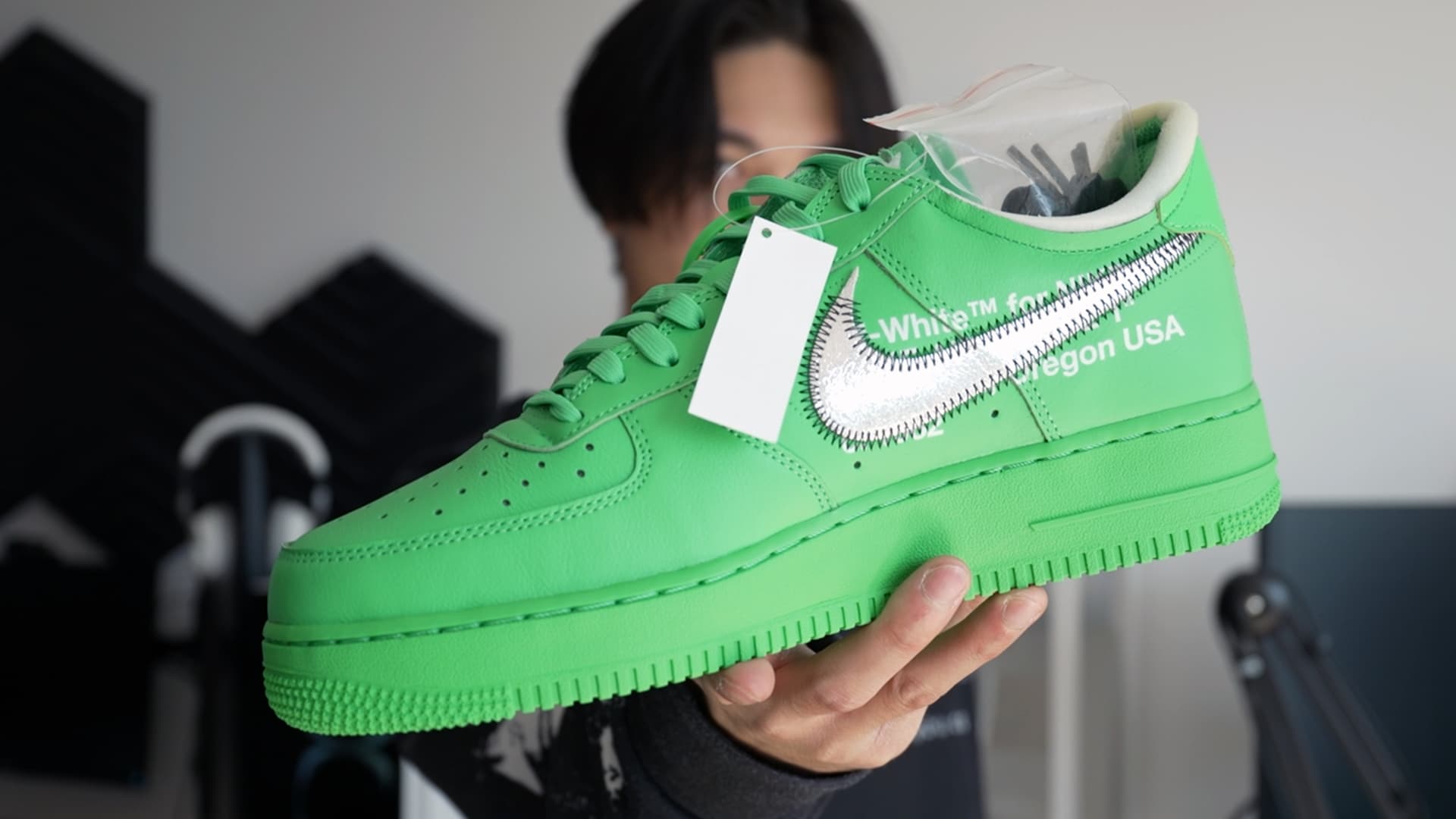Sneakers are among the most sought-after collectible items. They’re also a prime target for scalpers.
Grand View Research values the global sneaker industry at $86 billion and predicts it will reach $128 billion by 2030. The resale market is also going strong, with Cowen Research estimating it will grow to $30 billion by the end of the decade.
related investing news


Such popularity makes sneakers an easy target for bots, or software applications that can replace humans in performing certain tasks. Sneaker bots can accelerate the checkout process, wait in a virtual line or even fill out billing information.
Sneaker bots took off in 2012, when Nike released its Air Jordan Doernbecher 9 shoes on Twitter. Nike required users to direct message the company for a chance to reserve the shoe. What followed was the creation of bots that messaged Nike when they found keywords like “RSVP now,” and “Doernbecher.” The bots were able to react faster than humans, beating out customers for a chance at the shoes.
Sneaker bots now represent big business for the people behind them
“In 2022, I made a gross profit of $131,000,” said “Botter Boy Nova,” a sneaker bot developer and YouTube creator who goes by that alias due to security concerns.
Jesper Essendrop, CEO of Queue-it, agrees. His company specializes in controlling internet traffic with virtual waiting rooms.
Essendrop said that when looking at “sales of high-profile goods like sneakers,” 40% to 95% “of all traffic coming into web shops is from bots.”
In 2021, cybersecurity software company Imperva found that nearly 23% of retail site traffic came from bots with malicious intent. And CHEQ, another cybersecurity vendor in the space, found that 1 in 4 Black Friday shoppers in 2022 were fake.
There are currently no laws against using bots to buy sneakers or other retail goods. But legislation, such as a bill called the Stopping Grinch Bots Act, authored by Rep. Paul Tonko, D-N.Y., has been introduced.
“Bots are like a thorn in my side,” said Richie Roxas, who collects New Balance sneakers. “I’m now competing with them all the time for special releases and collabs.”
Top sneaker brands like Nike, Adidas and New Balance are under constant attack from bots. Nike says its SNKRS App receives an average of 12 billion bot calls, or entries trying to game the system, a month.
On the SNKRS App, a customer can submit an entry to a drawing by selecting a shoe and a size. Nike then selects participants at random to buy the shoe. A lot of these customers are actually bots.
According to Nike, bots can make up to 10% to 50% of entries depending on demand. For example, in the 2023 release of the Travis Scott x Air Jordan 1 Low OG “Olive,” nearly half of the entries were bots. But Nike told CNBC it has up to a 98% success rate combating bots in the high-demand launches.
Nova and other bot creators have been less successful in recent years, but they still find loopholes and ways to bypass anti-bot measures like CAPTCHA systems. One workaround is called jigging, which is when a creator slightly changes an address, name or other identifying information.
“People are successfully able to still bot Nike SNKRS,” said Nova. “However, the way in which you have to go about it, you have to really understand how the Nike filter works.”
Nike did not comment on whether customers are still able to successfully use bots on the SNKRS app.
Watch the video to learn more about sneaker bots and how companies like Nike are handling them.




)

